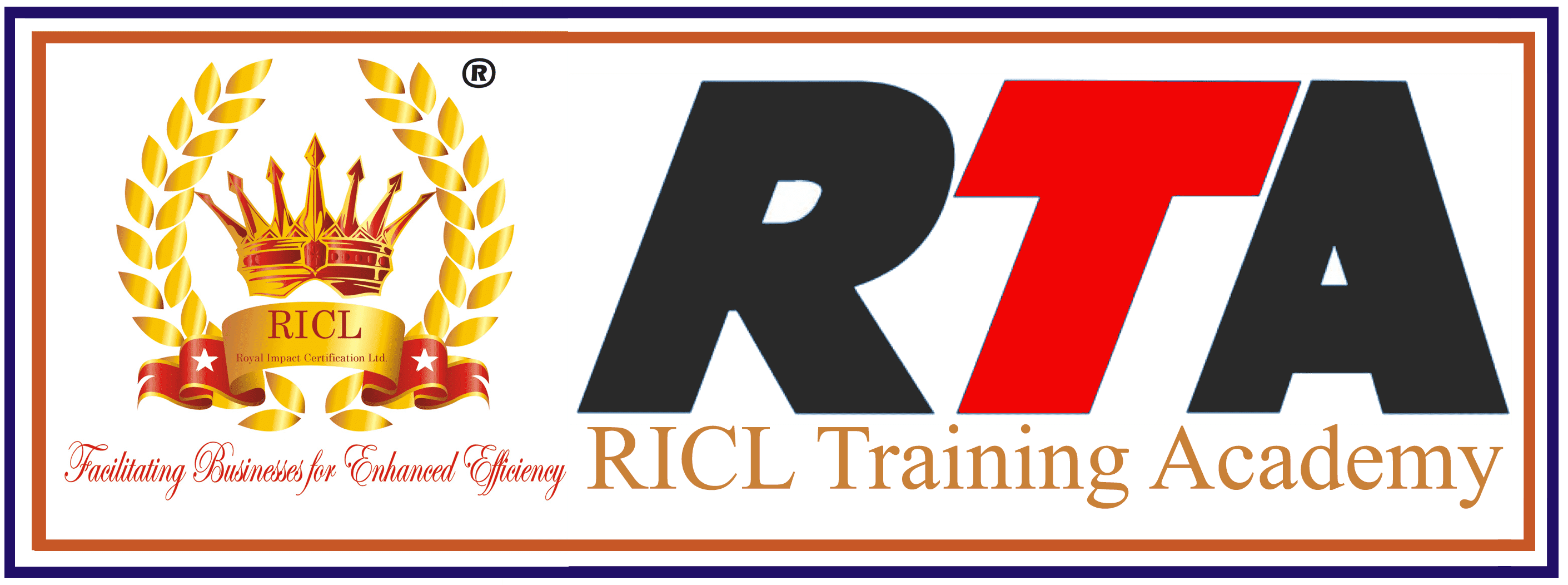
Troubleshooting
Troubleshooting is a systematic process of identifying and resolving issues through critical analysis and problem-solving. It involves recognizing anomalies, analyzing symptoms, and determining root causes to develop effective solutions. Technical expertise, critical thinking, and thorough investigation are essential for diagnosing problems accurately. Regular maintenance helps prevent issues from arising, while drawing on past experiences and best practices enhances problem-solving efforts. Troubleshooting requires meticulous attention to detail and a methodical approach to achieve successful outcomes in various contexts and domains.
Who can attend this course?
- Technical Support and IT Professionals:
- IT support technicians, help desk personnel, and system administrators seeking to improve their ability to troubleshoot hardware, software, and network issues for end-users and organizations.
- Maintenance and Repair Technicians:
- Maintenance technicians, field service engineers, and repair specialists interested in honing their troubleshooting techniques to diagnose and fix equipment, machinery, and infrastructure problems.
- Manufacturing and Production Workers:
- Manufacturing operators, production supervisors, and quality assurance personnel aiming to enhance their problem-solving skills to address production line issues, minimize downtime, and optimize productivity.
- Engineering and Technical Teams:
- Engineers, technicians, and technical specialists involved in product development, testing, and quality control looking to improve their ability to troubleshoot complex systems, prototypes, and prototypes.
- Project Teams and Cross-Functional Groups:
- Cross-functional teams and project groups tasked with solving operational challenges, implementing process improvements, or addressing technical issues within their organizations.
- Students and Graduates:
- College and university students studying engineering, information technology, or related fields who want to develop troubleshooting skills to prepare for their future careers.
Introduction to Troubleshooting (9:00 AM – 9:30 AM)
- Welcome and Course Objectives
- Understanding Troubleshooting: Definition and Importance
- Overview of Key Components of Effective Troubleshooting
Session 1: Problem Identification and Analysis (9:30 AM – 10:30 AM)
- Recognizing Symptoms: Identifying Signs of Problems or Anomalies
- Root Cause Analysis: Using Techniques Such as 5 Whys, Fishbone Diagrams, and Fault Trees to Identify Underlying Causes
- Prioritizing Issues: Assessing Impact and Urgency to Determine Priority Levels for Resolution
Break (10:30 AM – 10:45 AM)
Session 2: Diagnostic Tools and Techniques (10:45 AM – 12:00 PM)
- Using Diagnostic Software: Leveraging Built-In Tools and Utilities to Diagnose Software and Hardware Issues
- Hardware Testing Methods: Performing Tests and Checks to Identify Faulty Components or Systems
- Network Troubleshooting: Using Network Analyzers, Ping, Traceroute, and Other Tools to Identify Network Problems
Lunch Break (12:00 PM – 1:00 PM)
Session 3: Problem-Solving Strategies (1:00 PM – 2:30 PM)
- Structured Problem-Solving Approaches: Applying Methods Such as PDCA (Plan-Do-Check-Act) or DMAIC (Define-Measure-Analyze-Improve-Control)
- Brainstorming Solutions: Generating Ideas and Possible Solutions to Address Identified Issues
- Analyzing Potential Impact: Assessing Risks and Benefits of Proposed Solutions Before Implementation
Break (2:30 PM – 2:45 PM)
Session 4: Implementing Solutions (2:45 PM – 3:45 PM)
- Developing Action Plans: Creating Step-by-Step Plans to Implement Identified Solutions
- Testing and Validation: Conducting Tests and Trials to Ensure Proposed Solutions Address the Problem Effectively
- Documentation and Reporting: Documenting the Troubleshooting Process and Outcomes for Future Reference
Session 5: Preventive Measures and Continuous Improvement (3:45 PM – 4:30 PM)
- Proactive Maintenance: Implementing Preventive Measures to Minimize Future Incidents and Downtime
- Lessons Learned: Analyzing Past Troubleshooting Experiences to Identify Opportunities for Process Improvement
- Feedback Loops: Establishing Mechanisms for Capturing Feedback and Iterating Troubleshooting Processes for Continuous Improvement
Conclusion and Q&A (4:30 PM – 5:00 PM)
- Recap of Key Concepts Covered
- Open Floor for Questions and Discussion
- Course Feedback and Closing Remarks
By the end of this course, participants will have gained essential knowledge and practical skills to approach problems systematically, analyze root causes, and implement effective solutions to resolve issues in various technical and operational contexts.
[Form id=”6″]
Royal Impact Certification Clients









CONTACT US
Get in Touch With Us!
Our Services
- Lead Auditor QMS
- Lead Auditor EMS
- Lead Auditor OHSMS
- Internal Auditor QMS
- Internal Auditor EMS
- Internal Auditor OHSMS
- Awareness Auditor QMS
- Awareness Auditor EMS
- Awareness Auditor OHSMS
Contact Info
Royal Impact Certification Ltd. 623 Tower B, iThum
plot no. A 40
Sec 62, Noida 201301
training@ricliso.com
Call us now:
9355650992
9355650993
Copyright © 2023 RICLTrainingAcademyAll rights reserved.

